Growing Focus on Risk Management
In the current landscape, the Simulation Software Market is witnessing a growing focus on risk management across various sectors. Organizations are increasingly utilizing simulation software to assess potential risks and develop mitigation strategies. This trend is particularly evident in industries such as finance and energy, where the consequences of unforeseen events can be substantial. By employing simulation tools, companies can model different scenarios and evaluate the impact of various risk factors, thereby enhancing their preparedness. The market for risk management simulation software is anticipated to expand, with projections indicating a growth rate of around 12% annually. This shift towards proactive risk assessment reflects a broader recognition of the value of simulation in strategic planning and operational resilience within the Simulation Software Market.
Advancements in Computational Power
The Simulation Software Market is significantly influenced by advancements in computational power. The continuous evolution of hardware capabilities, particularly in graphics processing units (GPUs) and cloud computing, enables more complex simulations to be performed in real-time. This enhancement allows engineers and designers to analyze vast amounts of data and run intricate models that were previously infeasible. As a result, industries such as healthcare and manufacturing are increasingly adopting simulation software to improve decision-making processes. The ability to conduct simulations with higher fidelity and speed is expected to drive market growth, with estimates suggesting a potential increase in market size by over 20% in the coming years. This trend underscores the importance of computational advancements in shaping the future of the Simulation Software Market.
Rising Demand for Virtual Prototyping
The Simulation Software Market is experiencing a notable increase in demand for virtual prototyping solutions. Industries such as automotive and aerospace are leveraging simulation software to create digital twins of their products, allowing for extensive testing and optimization before physical production. This trend is driven by the need to reduce development costs and time, as well as to enhance product quality. According to recent data, the market for virtual prototyping is projected to grow at a compound annual growth rate of approximately 15% over the next five years. This growth indicates a robust shift towards simulation-driven design processes, which are becoming essential in competitive industries. As companies seek to innovate rapidly, the reliance on simulation software for prototyping is likely to expand, further solidifying its role in the Simulation Software Market.
Integration of Internet of Things (IoT)
The integration of Internet of Things (IoT) technologies is emerging as a pivotal driver in the Simulation Software Market. As IoT devices proliferate, the need for simulation software to analyze and optimize the performance of interconnected systems becomes increasingly critical. Industries such as smart manufacturing and urban planning are harnessing simulation tools to model the interactions between various IoT devices, leading to improved efficiency and resource management. The market for IoT-enabled simulation software is projected to grow significantly, with estimates suggesting a potential increase of 18% in the next few years. This integration not only enhances operational capabilities but also fosters innovation in product development and service delivery, thereby reinforcing the importance of simulation software in the evolving landscape of the Simulation Software Market.
Increased Regulatory Compliance Requirements
The Simulation Software Market is also being shaped by increased regulatory compliance requirements across various sectors. As industries face stricter regulations regarding safety, environmental impact, and quality assurance, the demand for simulation software that can assist in compliance efforts is on the rise. For instance, the pharmaceutical and automotive sectors are utilizing simulation tools to ensure that their products meet regulatory standards before market entry. This trend is expected to drive market growth, with forecasts indicating a potential increase in demand for compliance-focused simulation software by approximately 10% annually. The ability to simulate compliance scenarios not only aids in meeting regulatory obligations but also enhances overall product reliability and safety, highlighting the critical role of simulation software in navigating complex regulatory landscapes within the Simulation Software Market.
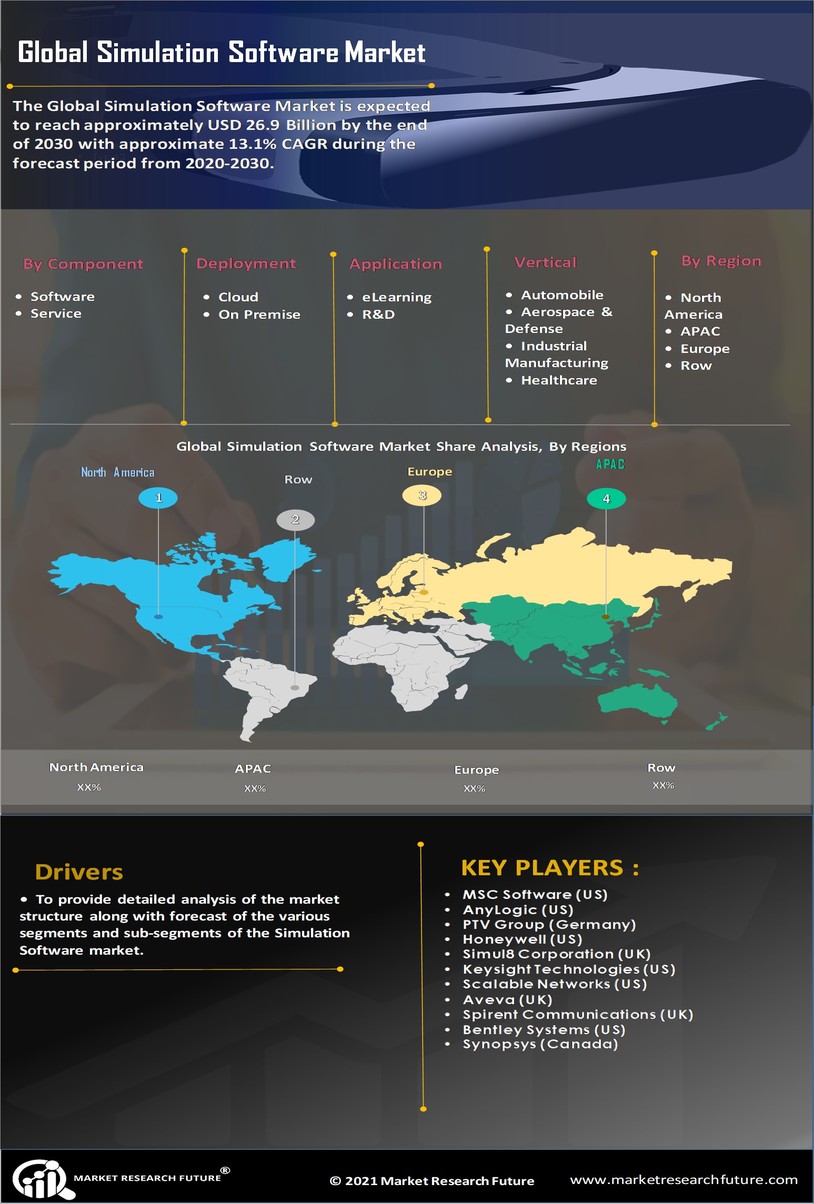

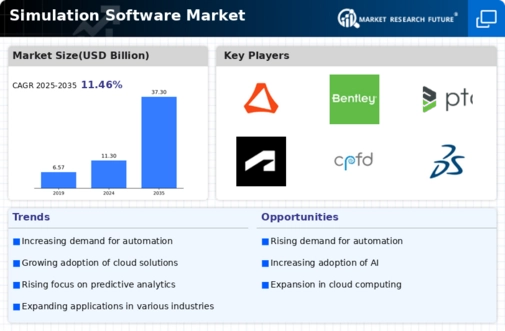
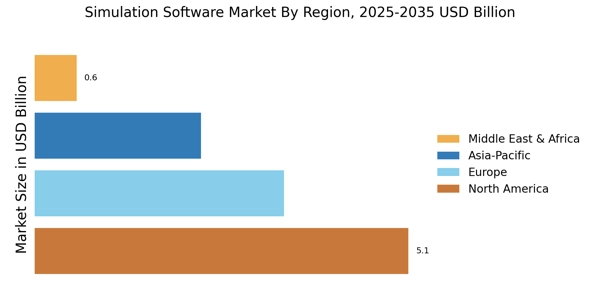
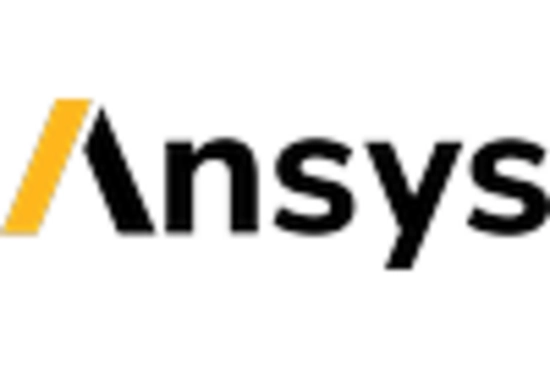
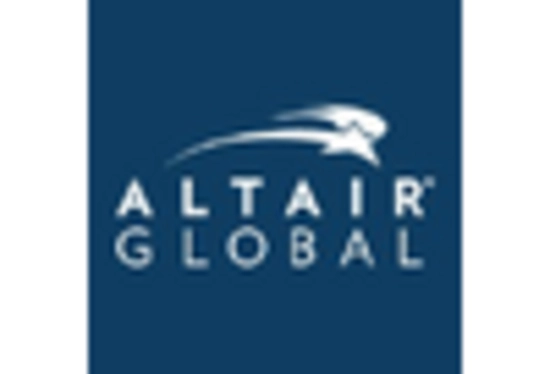

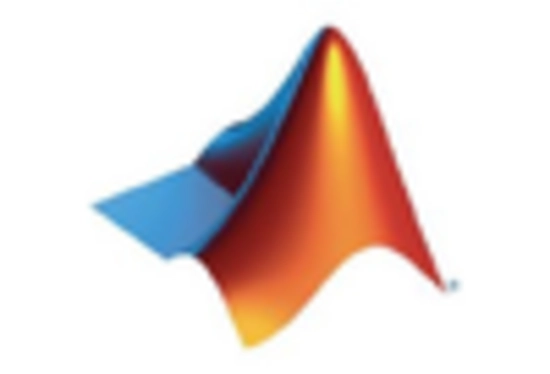










Leave a Comment